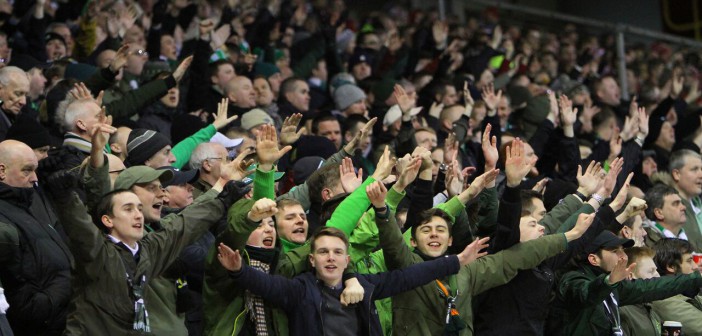THE CELTIC references and culture influences that exist today are somewhat removed from the Celtic people who have existed throughout history. In fact, the links between ancient Celts and what we refer to as Celtic today are uncertain. Even so, Celtic history is fascinating and has attracted the attention of many people over the years.
In addition to this fascination, there is also a continuing interest in Celtic fashions and furnishings. Research team of VoucherBin.co.uk has seen this influence through his relationship with the market. As a result he is, “Curious about the actual people that modern day design attempts to emulate.” Research about these people reveals some possibly surprising facts.
Where do The Celts come from?
It is important to state from the start that Celts were not just one group of people. The first references to Celts come from texts that were written by Greeks and Romans, around 2,500 years ago. The people who the term referred to lived in several different areas; as far east as what is Turkey today. They included groups such as Gauls and Celtiberians and they spoke different languages.
The Celts in Britain
In Britain we are used to the term Celtic, and think of it as relating to people in parts of Ireland, Scotland and Wales. The Celts first started to establish themselves across Britain during the Iron Age. They were not a united people at that time, and the notion of a single Celtic existence is not accurate. The Celts actually lived in separate tribes that often fought each other. They were a group of people who were loosely connected and came to Britain from different areas, bringing the birth of iron working with them. It would be difficult to call the Celts coming to British shores an invasion as they were not one organized group and, in truth, they were just as happy to fight between themselves as they were to fight other people.
The hill forts of early Celtic times
After the Celts first began arriving in Britain, many more hill forts began springing up across the landscape. These forts were of various sizes. What is not quite clear is who actually built the forts. It could have been the Celts, as they spread across the landscape; or it could have been native Britons as they tried to protect themselves against the warring tribes.
Life for the Celts
The Celts did not live the kind of family life that we expect to day; they lived in extended clans which grouped together to form tribes. Often children were not raised by their parents but by other relatives. Although Celts are grouped together under one name, different tribes often had completely different social activities and beliefs.
Home for the Celts was in hamlets of wooden huts, where they farmed when they were not fighting. It was the Celts who first brought the iron plough to Britain. Interestingly, women were considered equal in Celtic civilization. They could own their own land, and even lead armies, as Boudicca did.
The importance of druids
There is much folklore concerning druids; much of it not accurate. What is known is that druids were leaders who had more power than the king. They taught, they healed and they mediated during conflicts. Druids were right at the centre of Celtic life and were often priests. Much of what was written about Celtic religion came from Romans, so its accuracy is dubious. They wrote about human sacrifice being involved. What is known is that the human head was held in great reverence by the Celts, and that Celts cut off their enemies’ heads during battle, and displayed them afterwards.
The warring Celts
One thing that is absolutely certain about the Celts is that they were always up for a fight and were quite happy to start one if required. They believed in appearing fearsome, and wore elaborate breastplates and helmets in battle, as well as often screaming wildly. Weirdly, Celts often took much baggage and their families into battle, which obviously had an adverse effect on their progress. Overall, it was the Celts’ penchant for fighting that caused their demise in Britain. They were never a united force, and this cost them control.
It is interesting to see some of the facts behind the slightly romanticized idea of Celts we have today. It’s fascinating to know the real history behind the Celtic designs of products you see for sale.

